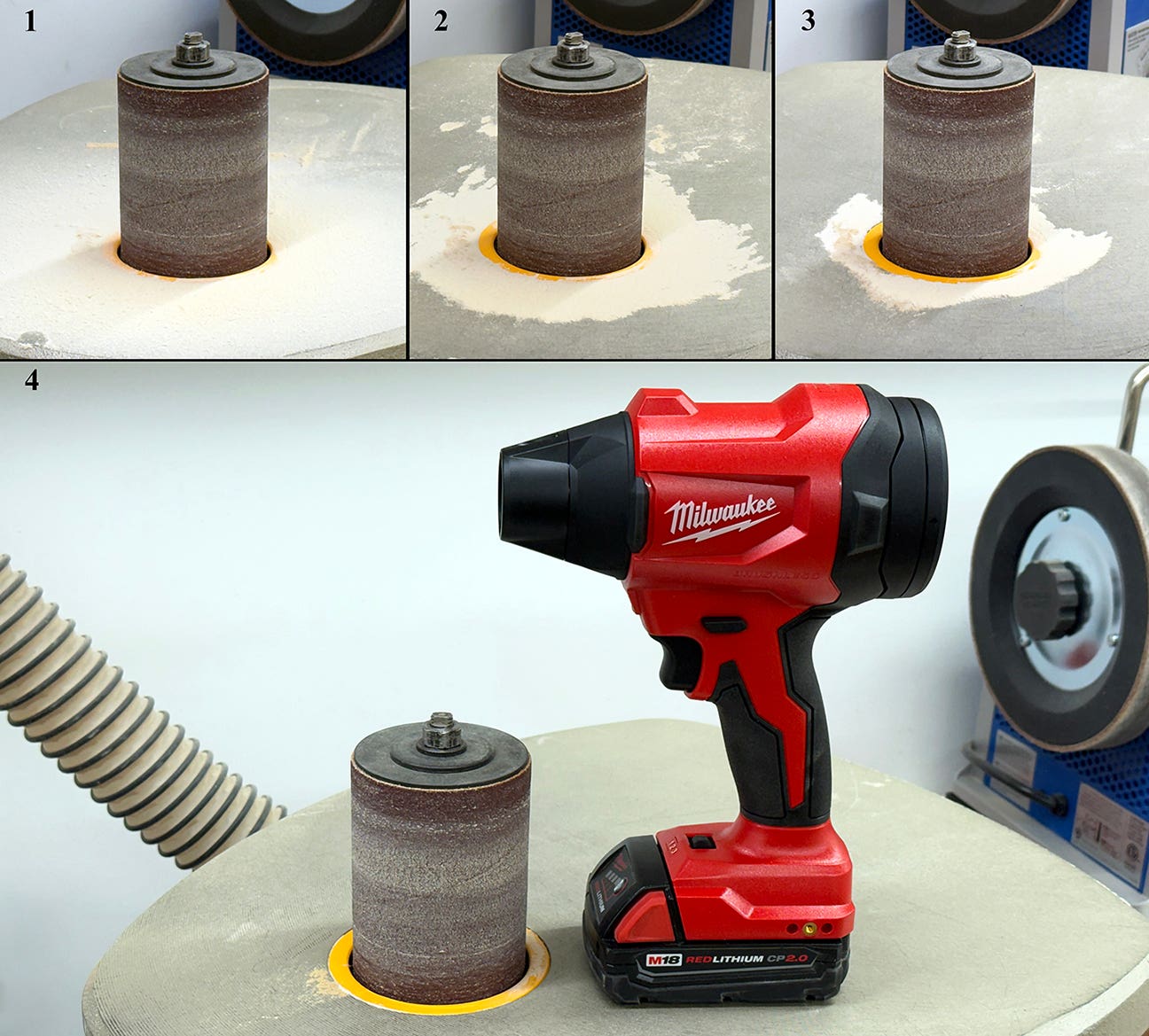Repair vs. durability
One of the most often heard complaints about most modern finishes is the difficulty of repairing them. Modern finishes like catalyzed lacquers and conversion varnish do not dry in the…
One of the most often heard complaints about most modern finishes is the difficulty of repairing them.
Modern finishes like catalyzed lacquers and conversion varnish do not dry in the traditional sense. They set or cure. I realize that these terms are subject to interpretation. But traditional finishes dry through the evaporation of the solvent components, while the newer finishes dry through a chemical reaction.
There is little doubt that these newer finishes are much tougher than traditional finishes, many of which have been notoriously easy to damage. Anyone who has spilled a drink containing alcohol on a shellacked surface will tell you how easy that is to destroy. Nitrocellulose lacquer can get pretty hard but can be easily scratched and is susceptible to water damage.
On the other hand, the characteristics that make traditional finishes easy to damage also make them very easy to repair or restore. Shellacked finishes can be brought back to life by applying a fresh coat. It might take some work to get the sheen to blend with the old but it's completely doable. And lacquer finishes can sometimes be restored simply by applying a coat of lacquer thinner.
Anyone who is given the job of repairing an old or damaged finish will tell you that they are very happy when they find out they will be dealing with lacquer or shellac. "Poly" and catalyzed finishes are much more difficult and often impossible to repair. They usually end up being completely stripped and refinished.
D.D.
David DeCristoforo possesses an extensive resume as designer/maker of fine furniture, high-end cabinetry and architectural woodwork. His experience in professional woodworking spans a period of 35 years. For the past 20 years David DeCristoforo Design has been located in Woodland, California. During this time David's shop has ranged in scope from a "full on" cabinet production shop with as many as 15 employees to a small fine furniture and custom millwork shop, working with his son, David RBJ, a highly skilled maker in his own right.







